EmDrive: These are the problems China must fix to make microwave thrusters work on satellites
China's space agency might stand by EmDrive, but there are still a myriad of engineering problems to solve.
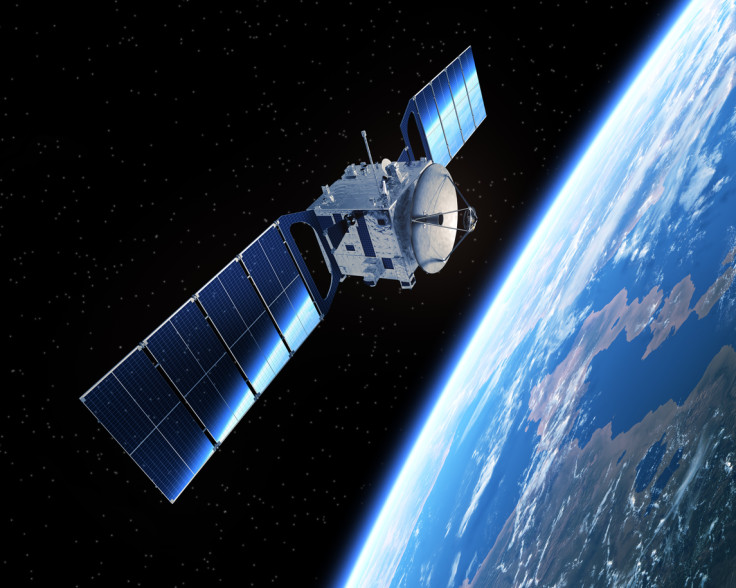
On 10 December, China's space agency finally broke its silence about the controversial space propulsion technology EmDrive, holding a press conference in Beijing where it confirmed that China has been funding research into propellantless microwave thrusters for the last five years.
Dr Chen Yue, head of the state-owned China Academy of Space Technology (Cast)'s communication satellite division, confirmed that it has been receiving government funds to research the EmDrive for possible engineering applications and, indeed, the agency presented a paper on its research at the 64th International Astronautical Congress in 2013.
During the press conference, Li Feng, the chief designer of Cast's communication satellite division, gave a detailed presentation about where the agency is now with its prototype of the EmDrive, which is currently being tested in orbit.
He also summed up the many technical problems that still need to be solved before the EmDrive can be eventually successfully commercially realised and solely used on satellites to keep them in orbit.
EmDrive inventor Roger Shawyer, who was a senior engineer working in the UK space and defence industry for over 20 years, knows a great deal about satellites, so IBTimes UK asked him to elaborate on the problems highlighted by Li at the press conference and how to solve them.
Problem One: Getting enough thrust
It's all very well to say that you have a truncated cone-shaped closed metal cavity that produces thrust, but the reality is that, no one, in any experiment in the world, is yet achieving a level of thrust that is high enough to launch a rocket or satellite into space.
To get the EmDrive away from being merely a proof of concept, the scientists will need to work out how to increase the q factor in the cavity to improve the thrust, and the only way to do this is to reduce the electrical loss from the material that the cavity is made of.
Li mentioned that Cast's prototype of the EmDrive currently only generates mere millinewtons of thrust, and they will need to get these levels up to between 100 millinewtons to 1 newton, because that is what is needed for orbit and attitude control.
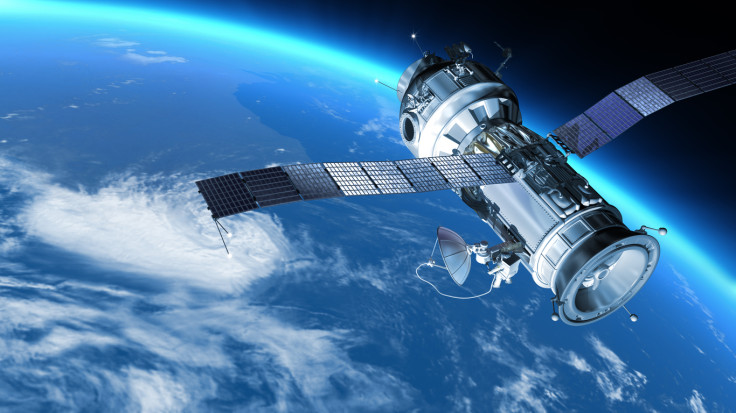
Attitude control is the way in which you control a satellite and point it in the right direction so that it stays in the same spot and broadcasts a clear signal to Earth. If you lose control of the satellite and it starts to tumble in orbit, then this means that the satellite is doing the equivalent of a continuous cartwheel in space, which means it won't work properly.
The flight thrusters so far developed by Shawyer's company Satellite Propulsion Research Ltd have so far achieved 300 millinewtons per kilowatt of input microwave power, and Shawyer claims to be developing a second generation version of the EmDrive that will generate thrust many orders of magnitude higher than today.
Problem Two: Mitigating temperature changes
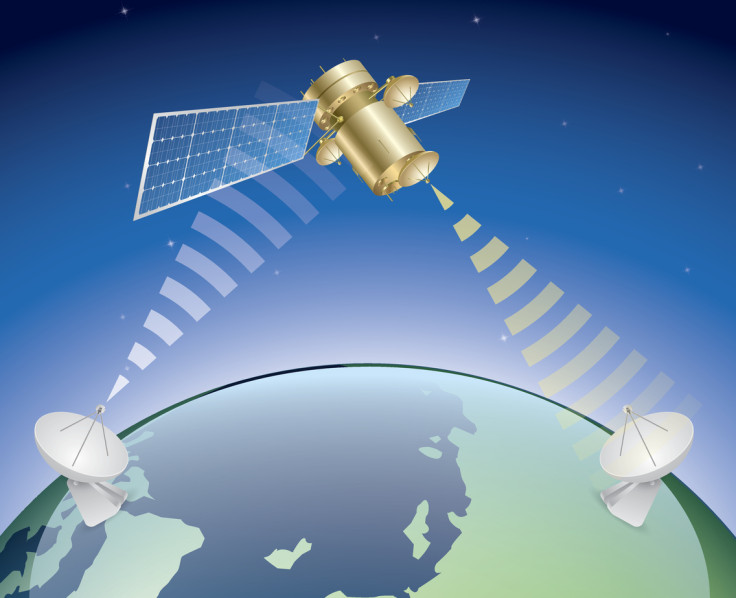
Even if the EmDrive is able to generate enough thrust when tested on Earth, it will likely encounter stability problems once in space. In low-Earth orbit, as the Earth turns, the satellite goes into eclipse when it is in the shadow of the Earth, which causes significant temperature changes across the satellite.
Microwave equipment is regularly used on communications satellites and the equipment has to be qualified to work in a large range, for example -40 degrees Celsius to 100 degrees Celsius.
"The frequency of the microwave input energy has to be controlled to cope with the temperature changes. Temperature changes mean the cavity dimensions change very slightly," explained Shawyer. "Trying to get a piece of equipment to work in space is much more difficult than getting it to work in a lab. In orbit, you have this difficult environment to work in and you can't fix things. there's a big step between a lab experiment and a piece of equipment."
Problem Three: Satellite structure
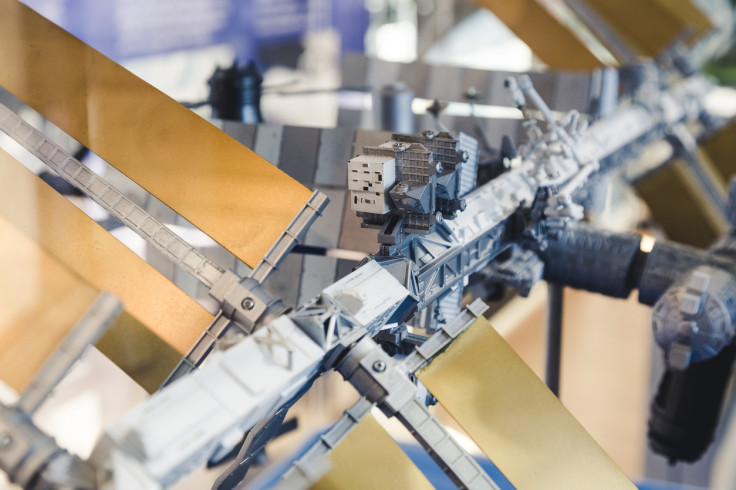
Where the microwave thruster is placed on the satellite is also critical – if you want to lower or raise the orbit of the satellite, then the EmDrive will need to be placed so it provides thrust through the centre of gravity of the satellite.
But if you want to use the device for attitude control, then you will need to place it so it is off-centre from the centre of mass of the satellite, so that the satellite can be turned on its own axis. Plus, some parts of the satellite make it easier for you to control changes in temperature, so that's yet another headache.
Problem Four: Power conversion
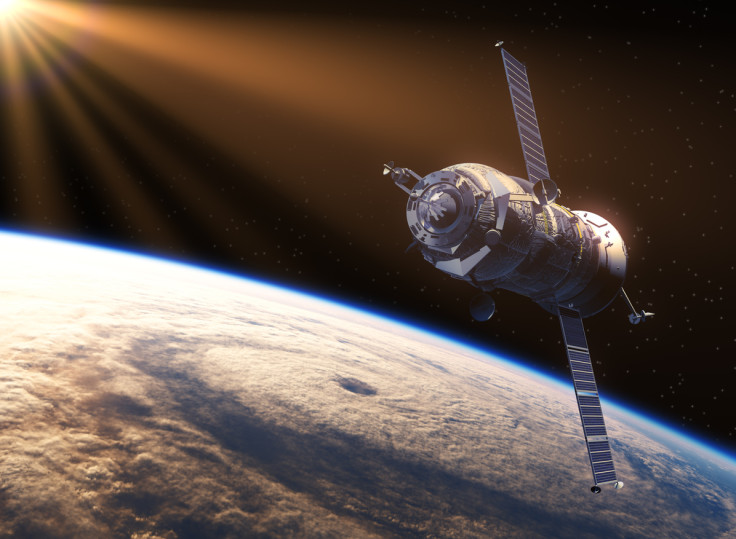
On a solar-powered satellite, sunlight captured from solar cells is converted into DC power, which is then distributed around the satellite to power all its onboard equipment, including the EmDrive, which converts electricity into microwave photons that push against the large end of the cone, causing the small end to accelerate in the opposite direction.
To get a microwave thruster-powered satellite to work, engineers will need to make sure that even as sunlight levels change, enough power is gathered and the right voltage is sent to each piece of equipment, including the EmDrive.
© Copyright IBTimes 2025. All rights reserved.






















